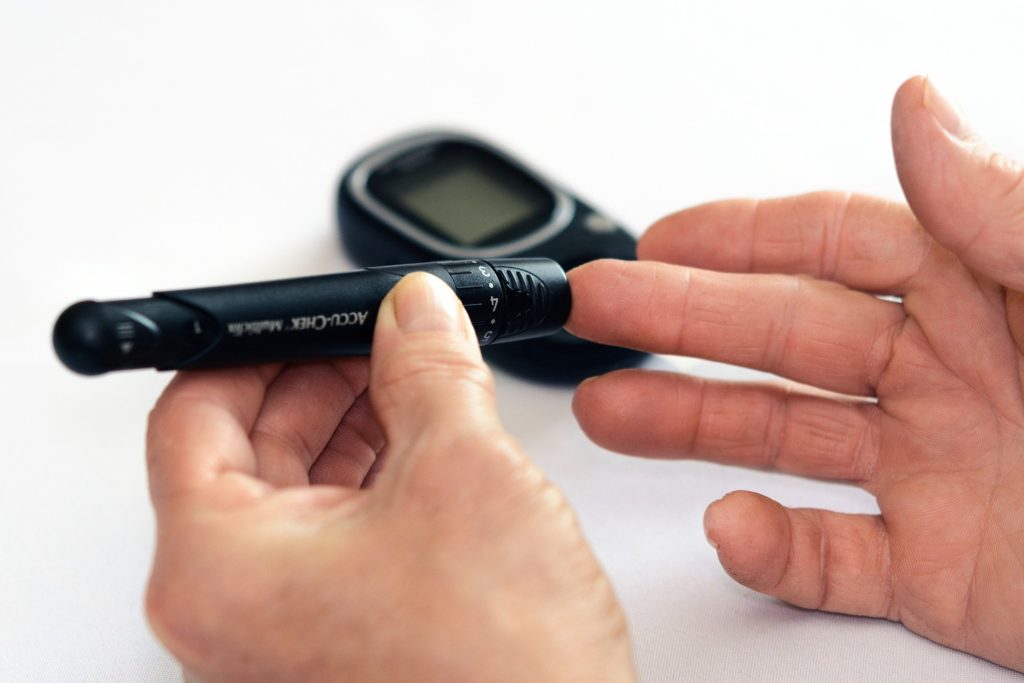
By mapping its genetic underpinnings, researchers at University of California San Diego School of Medicine have identified a predictive causal role for specific cell types in type 1 diabetes, a condition that affects more than 1.6 million Americans.
The findings are published in the May 19, 2021 online issue of Nature.
Type 1 diabetes is a complex autoimmune disease characterized by the impairment and loss of insulin-producing pancreatic beta cells and subsequent hyperglycemia (high blood sugar), which is damaging to the body and can cause other serious health problems, such as heart disease and vision loss. Type 1 is less common than type 2 diabetes, but its prevalence is growing. The U.S. Centers for Disease Control and Prevention projects 5 million Americans will have type 1 diabetes by 2050. Currently, there is no cure, only disease management.
The mechanisms of type 1 diabetes, including how autoimmunity is triggered, are poorly understood. Because it has a strong genetic component, numerous genome-wide association studies (GWAS) have been conducted in recent years in which researchers compare whole genomes of persons with the same disease or condition, searching for differences in the genetic code that may be associated with that disease or condition.
In the case of type 1 diabetes, identified at-risk variants have largely been found in the non-coding regions of the genome. In the Nature study, senior author Kyle Gaulton, PhD, an assistant professor in the Department of Pediatrics at UC San Diego School of Medicine, and colleagues integrated GWAS data with epigenomic maps of cell types in peripheral blood and the pancreas. Epigenomic mapping details how and when genes are turned on and off in cells, thus determining the production of proteins vital to specific cellular functions.
Specifically, researchers performed the largest-to-date GWAS of type 1 diabetes, analyzing 520,580 genome samples to identify 69 novel association signals. They then mapped 448,142 cis-regulatory elements (non-coding DNA sequences in or near a gene) in pancreas and peripheral blood cell types.
“By combining these two methodologies, we were able to identify cell type-specific functions of disease variants and discover a predictive causal role for pancreatic exocrine cells in type 1 diabetes, which we were able to validate experimentally,” said Gaulton.
Pancreatic exocrine cells produce enzymes secreted into the small intestine, where they help digest food.
Co-author Maike Sander, MD, professor in the departments of Pediatrics and Cellular and Molecular Medicine at UC San Diego School of Medicine and director of the Pediatric Diabetes Research Center, said the findings represent a major leap in understanding the causes of type 1 diabetes. She described the work as “a landmark study.”
“The implication is that exocrine cell dysfunction might be a major contributor to disease. This study provides a genetic roadmap from which we can determine which exocrine genes may have a role in disease pathogenesis.”



